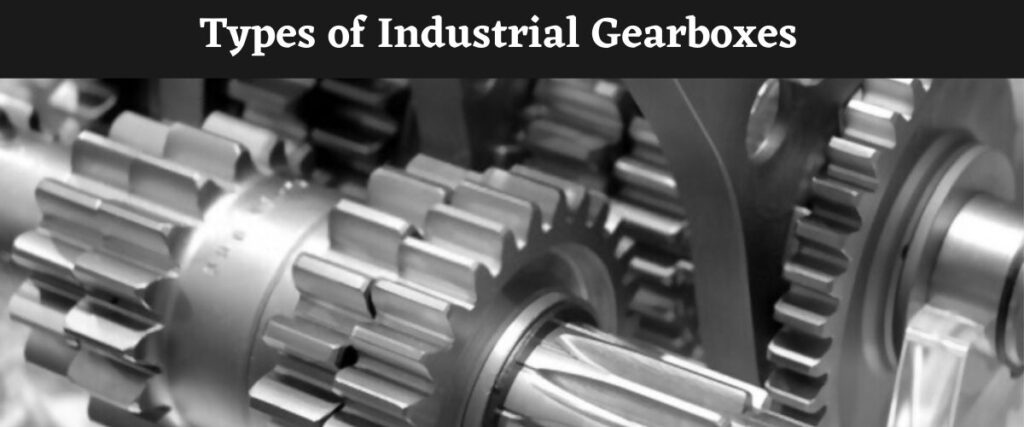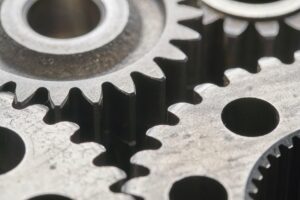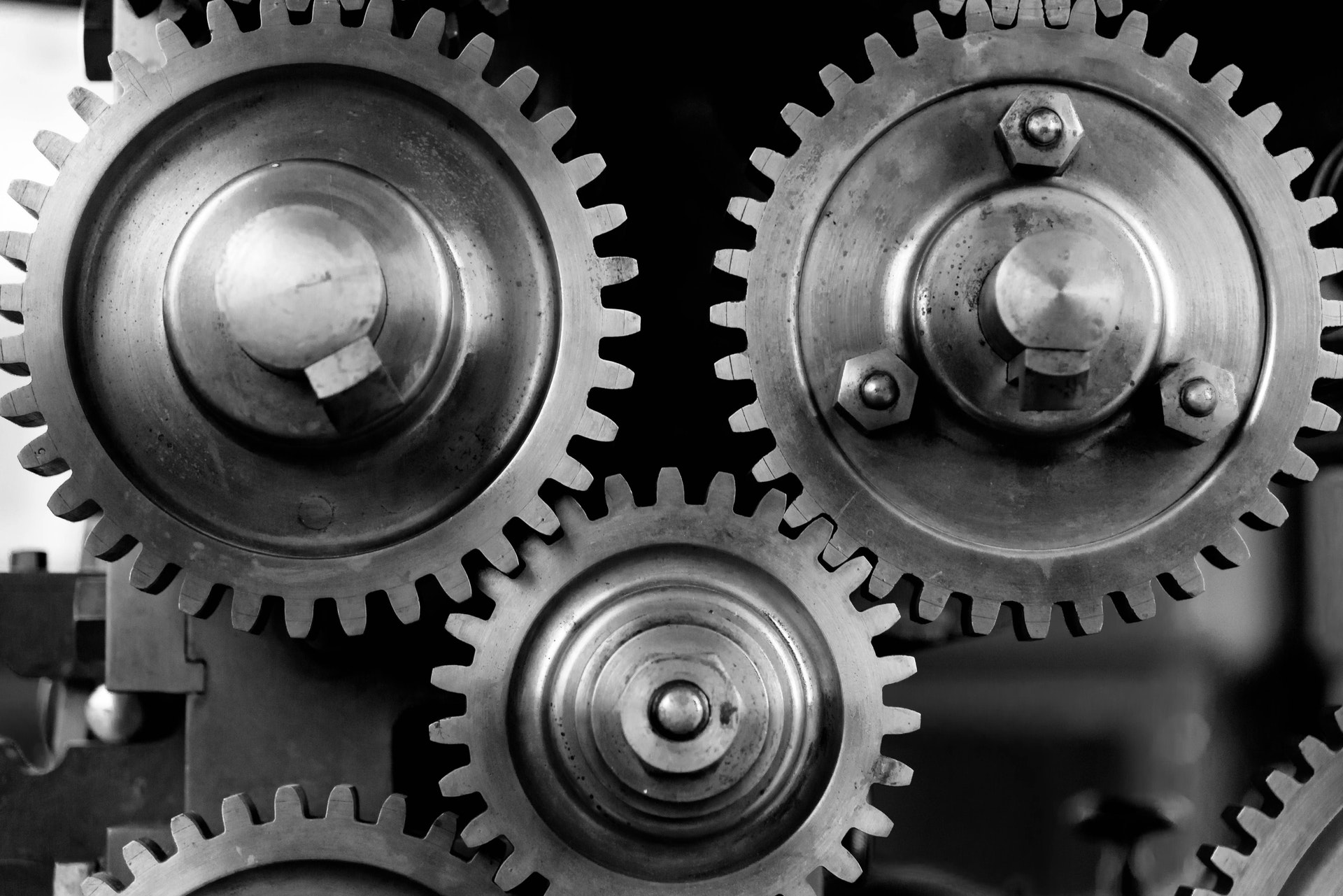
In every industrial field, different types of industrial gearboxes are essential components of machines used to handle various mechanical and manufacturing functionalities. Many industries like paper, sugar, cement, chemical, and rubber fall back on the power of these industrial gearboxes to complete their processes.
These gearboxes don’t only allow the manufacturers to achieve success in their production, but they also help lessen the energy costs. It allows for speed subtraction, torque multiplication, inertia matching, and cost-saving.
Basically, an industrial gearbox is different from a standard gearbox. An industrial gearbox is a mechanical tool that is used in the larger part of drives that allow for reliable operation and safety.
The different designs and specifications of gearboxes make it possible to choose one according to your industry requirements. Gearboxes are capable of carrying out various duties across a prolonged span of time and at very high efficiency. An industrial gearbox is employed in various applications, including construction machinery, machine devices, transporters, and any equipment that requires adjustments in the torque and speed for turning power transmission.
In this write-up, we explain in detail – what the different types of industrial gearboxes are and their various advantages.
Let’s get started.
Table of Contents
What are Industrial Gearboxes?
Types of Gearboxes
- Worm Gear
- Helical Gears
- Spur Gears
- Bevel Gear
- Planetary Gearbox
Summary!
What are Industrial Gearboxes?
A gearbox is an embedded system that brings mechanical energy to an output device, for example, a motor to control speed and torque. It modifies the ratio of speed, torque and rate of rotation to convert energy into a compatible format.
Most of the gearbox is made of iron, aluminum, or brass. The overall objective of gearboxes is to speed-up torque. They also assist in lessening the activity of an original mover shaft. It means the output device rotates at a slower speed and this speed reduction increases the torque. This mechanical tool can manage multiple tasks at remarkably great speeds for a prolonged period of time.
Types of Gearbox
These are the main types of industrial gearboxes that are used in various industries. Let’s have a look at the following and their uses.
Worm Gear
Worm gearboxes are widely used in performing heavy-duty functions. This type of gear has a large diameter screw that positions the teeth in the periphery of the machine. Such arrangements allow the user to define the rotational speed and transmission of higher torque. Worm gears are a reliable option for transferring power at 90 degrees. The worm gearbox is ideally seen in applications like elevators and conveyor belts.
The following is true about worm gearboxes:
- Worm gearboxes are compact devices and have a high load capacity.
- They offer precise linear bearings and lower noise levels.
- They provide a high-ratio speed reduction.
- They have often used a gearing system when space is less and large gear refinements are required.
- They are the smoothest and quietest gear systems.
- They can be used to increase torque and lessen speed.
Helical Gears
Helical gearboxes have a smaller size and use less quantity of power. This type of gear is employed in the production of rubber, cement, and other manufacturing applications. Other than this, the device is also used for low power applications, such as grinders, conveyors, and coolers. The teeth of the helical gears are cut to a fixed angle, which provides the greatest grind power when it turns in the same direction. The design of the device allows smoother running and high load angles.
The following advantages of helical gearboxes:
- Reliable meshing performance, low oscillation, less noise and stable transmission.
- Helical gears are more powerful and are used in high power and load applications.
- It can transmit power and motion between parallel or right-angle shafts.
Spur Gears
Spur gears are known for their cylindrical pitch surface. If the teeth fit parallel to the shaft, they mesh correctly and have no thrust load. Spur gears are reliable and are used to convey movement and power from one shaft to another. This transference can improve machinery’s running speed, increase torque, and provide perfect solution and control over placing systems. It is typically used in various industrial applications including speed reducers, conveyor systems, gear pumps, motors, transmissions, and mechanical transportation systems.
Spur gears provide several advantages for industrial applications, including:
- They are ideal for limited spaces.
- These gears are fit for driving systems as they are equipped to transmit more power transmission with efficiency.
- They provide a wide spectrum of transmission proportion, tremendous performance and secure processing.
- They don’t have any slippage.

Bevel Gear
Bevel gears are known as the power transmission mechanical component, primarily used to adjust the direction of shaft rotation. It also reduces speed and raises torque in non-parallel rotating shafts. These devices carry curbed teeth positioned on cone-shaped surfaces adjacent to the rim of the unit. This type of gear accommodates rotary motions between irregular shafts. They are generally used in various industries, like mining, aeronautics, pharmaceuticals or textiles.
The widespread advantages of bevel gears are:
- They require little space
- They can transmit a great amount of power and provide high production
- They occupy very necessary maintenance
- They reduce any risk of slippage
Planetary Gearbox
The planetary gearbox is gaining momentum in groundbreaking technologies like 3D printing and robotics. This type of gearbox has a central sun gear, which is surrounded by 3 or 4 planet gears. Through an outer ring gear, these are all held together with internal teeth. It conveys the power uniformly through the gears to gain powerful torque in a small area.
The planetary gearbox is excellent for its durability, efficiency, and distinguished functionality and is renowned for its accuracy. Additionally, it extends the lifespan of your machine and optimizes production.
Let’s have a look at the following advantages of Planetary gearbox:
- It provides high efficiency and low power
- Provide extensive transmission ratio benefits
- Promising volume production
- Amazing option for a broad spectrum of applications
Summary!
When it comes to choosing a good gear between the different types of industrial gearboxes, gear design and size are two major factors that you should always take into account. Therefore, it’s recommended that you inspect the gears before picking one for your mechanical processes. Many manufacturers work to bring more accuracy and efficiency to their inspection process.
Therefore, always give preference to a reputable organization for accurate and efficient results.
Author Bio:
Maye Pang is a leading contributing editor in the field of mechanical engineering, specializing in automation products. She is the business development manager of Shafttech, a mechanical products powerhouse including worm gearbox, linear bearing and many other products based in Asia. Connect with her Linkedin.



